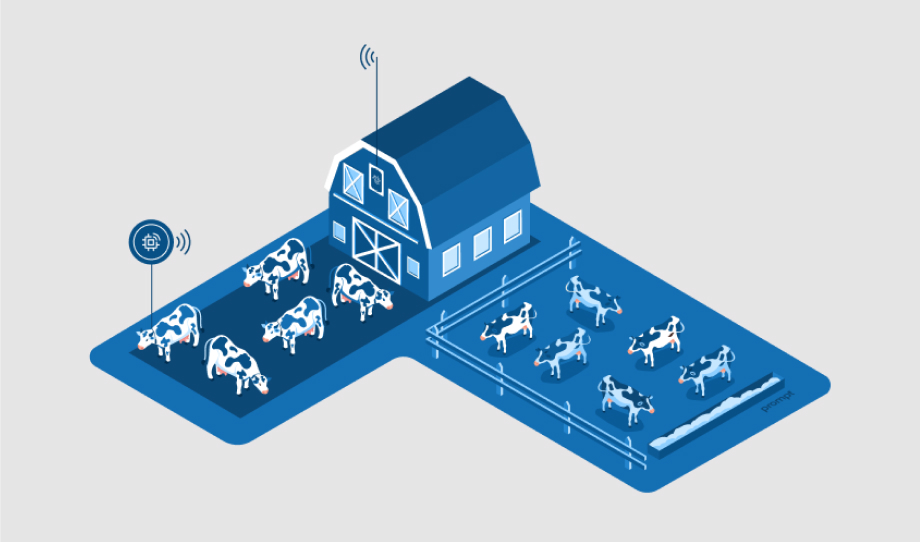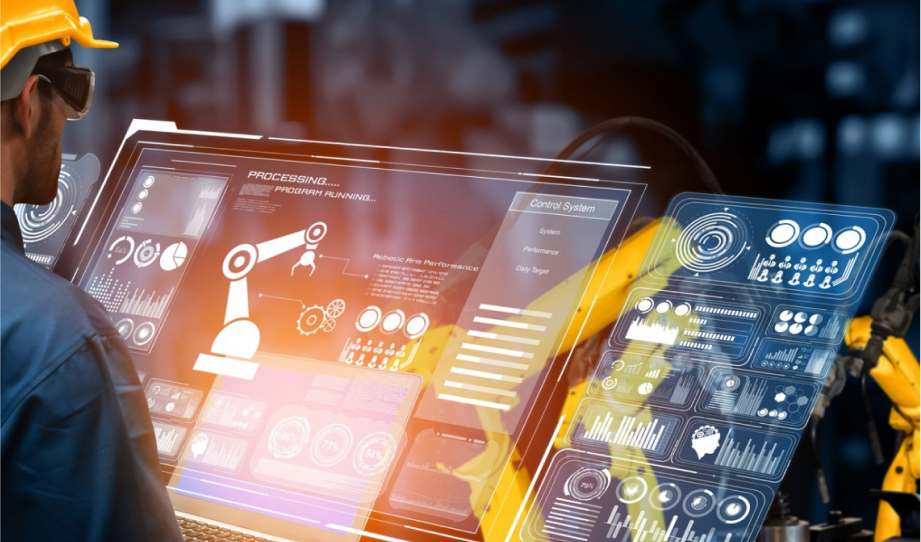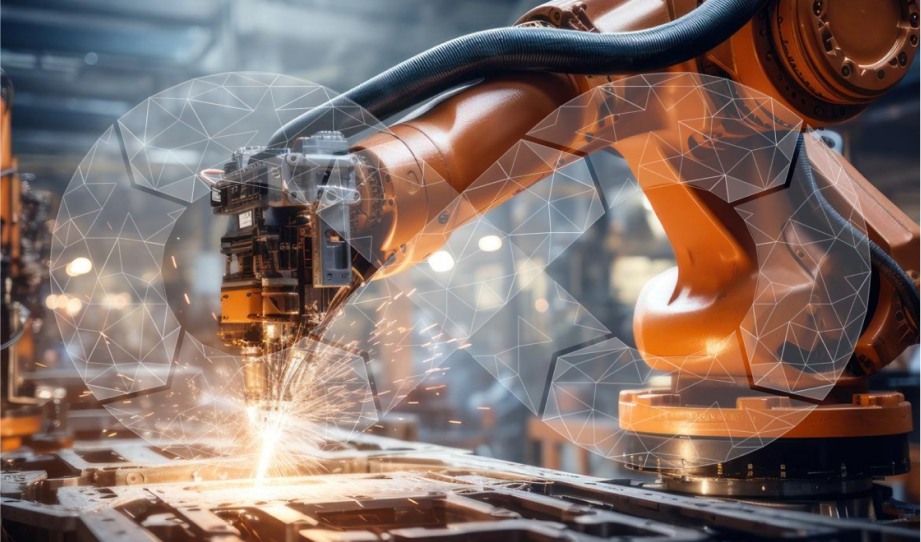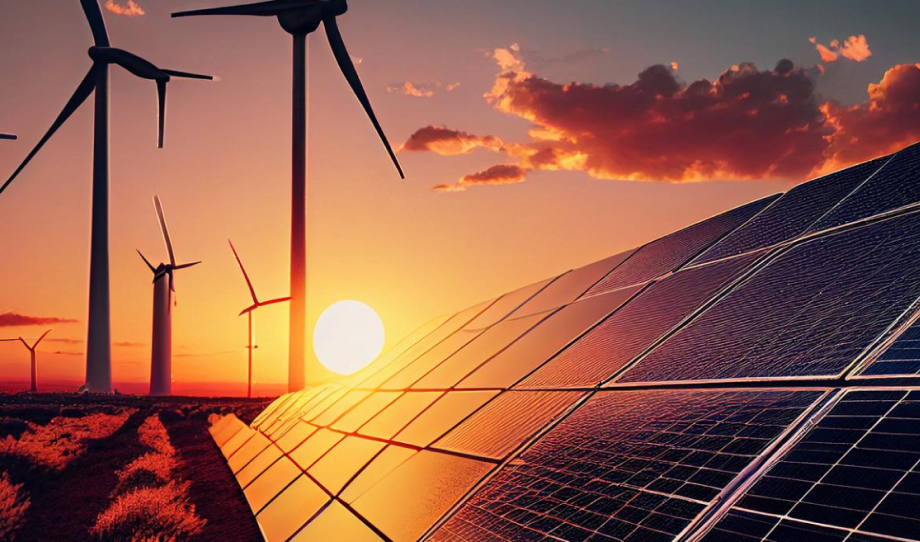Food is a basic need for every living being, and the importance of the agriculture industry and livestock farming cannot be underrated. The demand for food, rabbit and poultry meat, has been increasing day by day, and the reason behind this increase is population growth, changing diets, and affordability. This has led to an increase in the number of poultry and rabbit farms worldwide and improved the sensitivity toward animal welfare issues.
Many farm owners have adopted standardized farming management practices to meet the growing meat demands. Many others have added new technologies and innovations like smart farming methods using the Internet of Things and machine-to-machine solutions in their livestock management process.
Adopting the latest farming technology, smart sensors, and livestock monitoring solutions can assist farmers in efficiently managing their resources and enhancing productivity. This adoption also guarantees minimum wastage and less energy consumption.
Value Proposition
Traditional methods of livestock management include inspecting each animal for signs of injury and diseases. Farm owners with large livestock farms often fail to detect ill cattle and face loss. This monitoring method is time-consuming, labor-intensive, costly, and highly erratic.
As per research conducted by Oklahoma University, lung lesions and scarring are found in 37 percent of cattle that had never been diagnosed as sick, and in a trial at the Meat Animal Research Center found that 68% of steers tested showed signs of past respiratory infection.
Although the animals can recover independently, studies show that once cattle have been ill, they cannot catch up to the rest of the healthy herd in health or value.
IoT Data for Livestock Houses and Management
Farmers can optimize their processes, improve animal welfare, enhance traceability, and increase overall productivity by adopting IoT technology offering real-time data on environmental aspects like temperature, gas levels, and humidity.
Such IoT solutions are constructive for monitoring ammonia levels, which causes severe eye irritations and respiratory problems in animals and humans as well. By keeping these aspects under control, farmers can improve their cattle’s health and well-being and enhance the final product’s quality.
Enhanced Farming Practices
Using low-cost and durable smart sensors in an IoT solution for farming is an efficient and cost-effective way to gather and analyze data. The IoT sensors can be implanted in different locations around the livestock houses to gather data on different aspects like temperature, humidity, water quality, gas levels, and many other things.
The sensors can also be installed to gather data in real-time, guaranteeing that the farmer has access to real-time information about their farm’s current status, environment, and operations.
The consolidated and easy-to-install feature of the sensors makes them a feasible option for farmers who wishes to speed up their farming practices without disrupting their procedures. The advanced battery-backed system guarantees that sensors are durable, skipping the frequent battery replacement and maintenance requirements.
IoT Platforms for Livestock Houses
The gathered data is then processed and analyzed using an IoT platform, which can provide insights and actionable suggestions to the farmer. The information can be accessed using mobile devices, authorizing the farmer to monitor their farm from any location at any time. The data provided is in an easy-to-understand format means farmers do not need specialized technical knowledge to understand and utilize the information.
What are the Benefits of IoT-Enabled Livestock Management?
- Monitor the health and vitality of livestock in real-time, allowing farmers to immediately treat animals and prevent the spread of illness or disease.
- Track grazing animals to know their grazing patterns and activities and prevent loss.
- Collect and analyze past data to identify and understand trends in cattle health or track the spread of illness.
- Monitor the heat period or birth time, avoiding the loss of new calves and optimizing breeding practices.
Revolutionizing the Farming Industry to Boost Productivity
The success of IoT in reducing disease and mortality rates in livestock houses, increasing output, and optimizing overall operations shows its potential for enhancing farming practices.
The data gathered using the sensors can be utilized to determine the pattern and make informed decisions to enhance productivity, lower costs, and guarantee animal welfare.
Overall, employing IoT technology in farming is the most futuristic approach to overcome the food crisis and counter the increasing demands of a growing population. It has the potential to revolutionize the industry and address some of the challenges encountered by farmers, like limited resources, growing demand, climate change, etc.
We all are very well aware of the significant issue of this era: climate change. The changing climate is hammering productivity and leading to the food crisis. On the other hand, the uncontrollably growing population is amplifying the issue. The only possible way to control both major issues is to adopt the most potent solution that can resolve both issues hand in hand. The adoption of IoT in farming is the most extensive way to overcome both challenges. Not only in farming, but IoT can also be used to control carbon emissions and contribute to slowing down the rapidly changing climate. IoT also helps provide a better lifestyle by offering smart houses, cities, buildings, hospitals, and the list goes so on.





